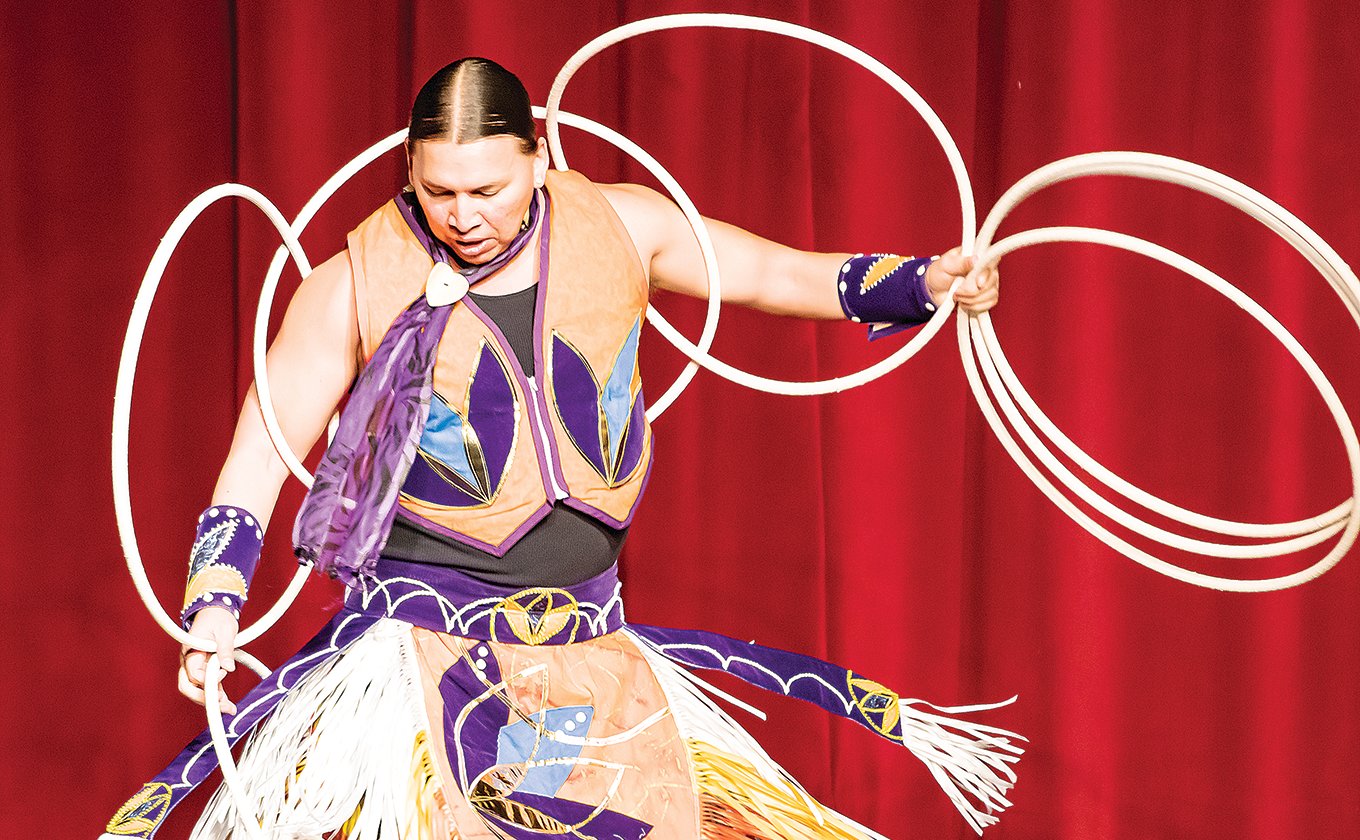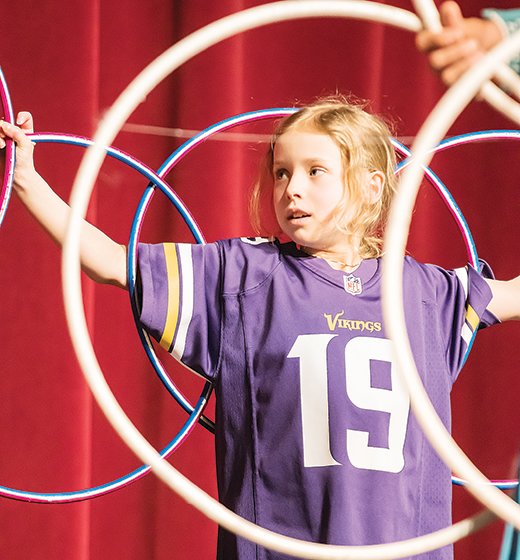Support the Timberjay by making a donation.
Education and inspiration
Hoop dancers share native culture with Ely students
ELY- As children growing up in Santa Clarita, a California community just north of Los Angeles, Lumhe and Samsoche Sampson experienced the sting that often comes with being different. The brothers, …
This item is available in full to subscribers.
Attention subscribers
To continue reading, you will need to either log in to your subscriber account, or purchase a new subscription.
If you are a current print subscriber, you can set up a free website account and connect your subscription to it by clicking here.
If you are a digital subscriber with an active, online-only subscription then you already have an account here. Just reset your password if you've not yet logged in to your account on this new site.
Otherwise, click here to view your options for subscribing.
Please log in to continue |
Education and inspiration
Hoop dancers share native culture with Ely students
ELY- As children growing up in Santa Clarita, a California community just north of Los Angeles, Lumhe and Samsoche Sampson experienced the sting that often comes with being different. The brothers, of Seneca and Muskogee Creek heritage, were the only two Native Americans in their school.
“We got picked on and we got bullied for having long hair, for being who we were, for exercising our culture,” Lumhe said. “We learned very quickly how to stand up for ourselves, using knowledge as power to be able to change people’s stereotypes of what they view Native Americans as.”
Today, about 25 years later, the Minneapolis-based Sampson Brothers are internationally renowned Native hoop dancers, combining knowledge with their artistic talents to educate and inspire people of all ages about Native American culture and knowledge. Their journeys brought them to Ely last Thursday, where they gave two presentations at Washington Auditorium, including an afternoon schoolwide assembly. ISD 696 Indian Education Director Dawn Anderson arranged the event.
“This is my first year here at the school and this is our very first one,” Anderson said. “It’s very exciting. We have about 40 Native American students. We’re trying to get some more culturally-based programs up here.”
Interacting with youth is particularly special for the Sampsons.
“Kids are most receptive to learning,” said Lumhe, who also goes by Micco. “Words cannot describe how impactful it is for any individual, not just native students. It’s beyond all measure.”
Those who came anticipating only the visual spectacle of hoop dancing instead found themselves immersed in a world of dance, poetry, music, geometry, geography, history, sociology, cultural understanding, self-affirmation, and more.
“How many sides are in a circle?” Micco called out to the assembly, and students responded enthusiastically with guesses.
“The answer is infinity,” Micco said. “That’s crazy, right? In Western science a circle is defined as a shape with infinite sides and infinite angles. In our indigenous way of life we have the same teaching, we just say it in a different way. We say that this hoop is perpetual, it has no end and it has no beginning, which means that is goes on forever.”
Then he quickly shifted to the symbolic significance of a circle to Native Americans.
“We teach that we each have a side in the circle, not only us now, but past generations and future generations will have a side in the circle,” Micco said. “Each one of us in this room has a tiny side, but not only us. The people in Asia, in Africa, in Europe, all over the world, all of us are a part of each other’s world. The birds, the bees, the trees, anything you can think of in this entire galaxy is a part of this circle. We are all equally important.”
The mood in the auditorium shifted quickly and often. Children responded with glee when Micco used three hoops to form an image of Mickey Mouse, and paid rapt attention when Samoche played a native double flute as Micco recited a poem he wrote about his connection to their father, actor and artist Will Sampson, Jr. They laughed and applauded as three of their classmates went to the stage to learn some simple hoop dance moves.
And all were captivated by the hoop dancing, which began with a contemporary dance about thunder beings.
“The first thing you’ll see is Turtle Island (North America) crawling and moving forward, forming the foundation for the great tree,” Micco said. “You’ll see a great tree form, and just as quickly you’ll see it bend and break because the thunder beings have come to do what they do.”
Throughout the presentation, the brothers drew connections between centuries-old indigenous knowledge and tradition and contemporary culture.
“We were mathematicians, we were doctors, we were biologists, we were astronomers, we had all this star knowledge and information about the world around us,” Micco said.
“It was really ingenious in how it was derived through thousands of years of living experience. It’s pretty much proven science, but sometimes it’s dismissed as myth or lore because we just don’t have the context or perspective to get the message across or convey that kind of teaching. Anything in the world that you can learn from is something that’s beneficial to us.”
After the Sampsons have performed somewhere it’s not unusual for a Native American student to reach out to them to learn more, Micco said.
“For these youth it gives them a chance to see someone doing something that looks like them that has similar backgrounds, similar stories, that has similar plights and similar struggles,” he said.
“Being here in their presence lets them know that I’m a human, that I’m real, that they can simply reach out. Those that take that initiative to reach out I’m more than happy to acknowledge them and give them as many teachings as I possibly can.”










